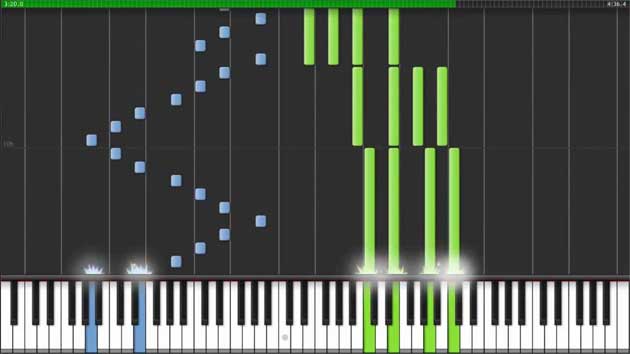
Then, the scientists measured empathy quotient (EQ) in mirror-touch synesthetes ( n = 10), nonsynesthetic control participants ( n = 20) and grapheme-color synesthetic controls ( n = 25). Also subjects responded slower on incongruent trials than congruent trials (which I don’t think would be expected if subjects were faking there responses). When the observer was being touched in incongruent manners, synestheses made higher rates of errors than controls. Subjects were touched on either the left, right, both, or neither cheek(s), while observing someone else simultaneously being touched in either the same or different locations. Mirror synesthesia was verified in subjects through a sensory interference task. Mirror touch synesthetes observing someone touched the left side of their cheek, perceive it as a touch on their own left cheek (anatomical), or on their right cheek (mirrored). Synesthesia–literally “joined sensation”–is a phenomena that involves one sense being detected through a different sense, or ideas concepts triggering automatic sensory experiences. Psychologists at UCL verified mirror-touch synesthesia and further showed its linked with heightened empathy in their report in Nature Neuroscience.

Now imagine that whenever you saw someone else being touched, you would feel the sensation on your own body. Imagine cold fingers creeping up someone’s calf.


 0 kommentar(er)
0 kommentar(er)
